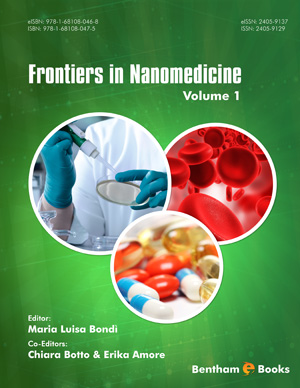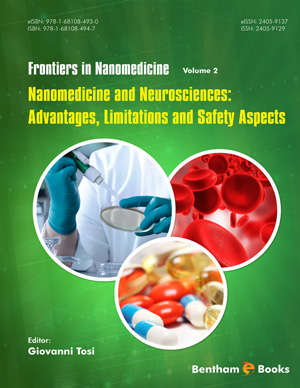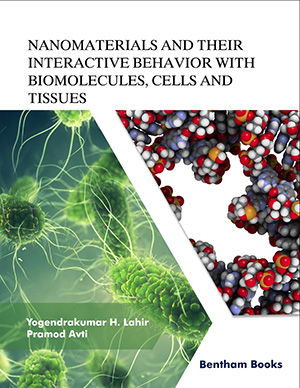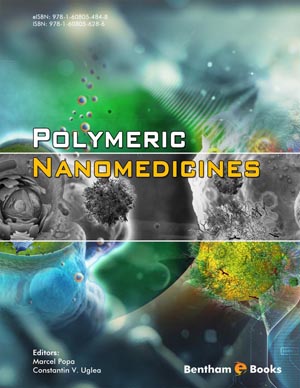Abstract
Our brains are undisputedly regarded as one of the most complex biological structures, therefore it is not surprising that there are challenges associated with the transportation of therapeutic agents across this organ. This may be attributed in large part to the blood-brain barrier (BBB), which maintains a very stable environment in order to sustain normal brain function. The blood-brain barrier is comprised of a highly selective semipermeable border of epithelial cells that shield the brain from unwelcome and invasive substances. It is so effective, however, that it impedes the transportation of drug delivery used to treat various neurological and cerebrovascular disorders, such as Parkinson’s Disease (PD), Alzheimer’s Disease (AD), stroke, and gliomas (tumors in the brain and spinal cord). Consequently, many central nervous system disorders are undertreated. Significant advances in nanotechnology have increased the feasibility for biomedical applications to the brain, as nanopharmaceuticals may be tailored with functional modalities that assist to target selective brain tissue.
Keywords: Blood-brain barrier, Nanomedicine, Nanotherapeutics, Neurological disorders, Neurovascular, Targeted drug delivery.












